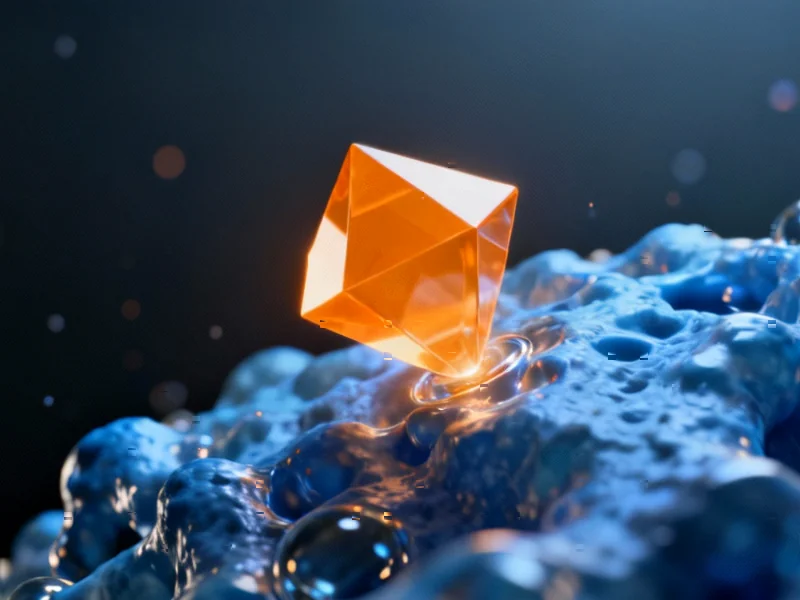Bridging Physics and Machine Learning in Pharmaceutical Research
Researchers at Caltech have developed a novel machine learning model that significantly improves the accuracy of drug design predictions by incorporating fundamental physical principles, according to reports published in Proceedings of the National Academy of Sciences. The new approach, called NucleusDiff, addresses a critical limitation in current AI systems that sometimes suggest physically impossible molecular configurations.
The Unphysical Prediction Problem in AI Drug Discovery
Sources indicate that existing AI systems for drug design, including prominent models like AlphaFold, occasionally generate predictions that violate basic physics principles. These “unphysical” results become particularly problematic when algorithms encounter molecular structures significantly different from their training data. Analysts suggest this limitation has hampered the reliability of AI-driven drug discovery, especially when seeking novel therapeutic compounds that diverge from known examples.
NucleusDiff: Integrating Physical Constraints
Under the leadership of Anima Anandkumar, Bren Professor of Computing and Mathematical Sciences at Caltech, the research team developed NucleusDiff to incorporate simple physical constraints directly into the model’s training process. “With machine learning, the model is already learning many of the aspects of what makes for good binding, and now we throw in some simple physics to make sure we rule out all the unphysical things,” Anandkumar explained in the research announcement.
The model specifically ensures that atoms maintain appropriate distances from one another, accounting for repellant forces that prevent atomic collisions. Rather than tracking every individual atom pair—a computationally prohibitive task—NucleusDiff estimates a molecular manifold that represents the distribution of atoms and electron locations, then monitors key anchoring points to prevent atomic overcrowding.
Superior Performance in Rigorous Testing
The research team trained NucleusDiff on the CrossDocked2020 dataset containing approximately 100,000 protein-ligand binding complexes, according to their published paper. When tested on 100 complexes, the model reportedly significantly outperformed state-of-the-art alternatives in binding affinity predictions while reducing atomic collisions to nearly zero. In additional validation using the COVID-19 therapeutic target 3CL protease, NucleusDiff demonstrated up to two-thirds fewer atomic collisions compared to leading models while maintaining higher accuracy.
Broader Implications for Scientific Machine Learning
The development fits within Caltech’s broader AI4Science initiative, which seeks to integrate physical principles into data-driven AI models across multiple scientific domains. Anandkumar emphasized that purely data-driven approaches often fail when encountering examples significantly different from training data. “By incorporating physics, we can make machine learning more trustworthy and also work much better,” she stated, noting this approach could benefit fields from climate prediction to astrophysical modeling.
The breakthrough comes amid wider industry developments in computational reliability and follows recent technology challenges in scientific computing. As drug design increasingly relies on computational methods, researchers are exploring various related innovations to improve prediction accuracy while addressing infrastructure concerns highlighted by market trends in computational resources.
Future Directions and Applications
The research demonstrates that incorporating domain knowledge, particularly physical principles, can significantly enhance AI performance in scientific applications. The approach could accelerate drug discovery by generating more reliable predictions for novel molecular structures, potentially reducing the time and cost associated with traditional trial-and-error methods. As machine learning continues transforming scientific research, physics-informed models like NucleusDiff may set new standards for accuracy and reliability across multiple disciplines.
This article aggregates information from publicly available sources. All trademarks and copyrights belong to their respective owners.
Note: Featured image is for illustrative purposes only and does not represent any specific product, service, or entity mentioned in this article.



